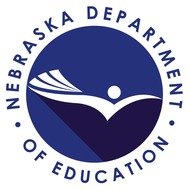“Rapper” Art
(View Complete Item Description)“Rapper” Art Collect and recycle product wrappers for a “green” art project worthy of good-citizen attention! Students save and trade wrappers to make a collage paper background. Then the background is combined with an introductory printmaking process to create a graphic design. Students choose words and phrases related to their “rapper” collage and cut them from thin foam to create a print plate. Cut-out letters are simply turned backwards onto the plate — no intricate reverse carving into linoleum. “Rapper” Art is an easy process for making posters, book covers and signs in multiples. Grade Levels K-6 Note: Instructions and materials based on a class of 25 students. Adjust as needed.
Material Type: Activity/Lab, Lesson




















